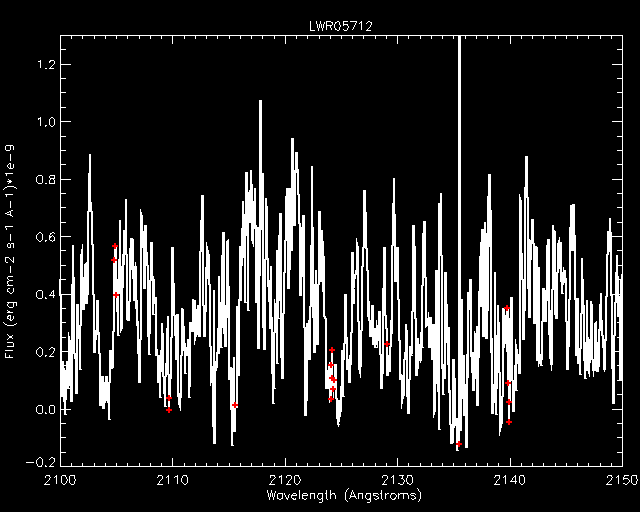

A preliminary step in the spectral study of a stellar objects is the identification of its spectral lines. The line identification is performed by checking those ions expected to be present in the photosphere of the object of interest. This is done by using synthetic spectra generated with a set of previously estimated physical parameters (effective temperature, surface gravity and metal abundance). Different techniques, like the fitting of the ultraviolet spectral energy distribution, have been developed to determine these fundamental parameters.
Procyon (Alpha CMi, HD 61421, HR 2943) is the brightest and most extensively studied middle F star widely used for photometric and spectroscopic reference. The study of Procyon in the ultraviolet range, in addition to expand the spectral tracings published for the visual region, is of special importance for the stellar structure and evolution theories since the UV range contains many more lines of the less common elements and lines of species not observable in the visual range whose analysis is of critical importance for theories like the microscopic diffusion hypothesis (Faraggiana et al., 1986).
Line identification was done with a synthetic spectrum generated using the fully blanketed atmosphere models ATLAS9. For the computation of the synthetic model the following parameters Teff: 6500 K, log g: 4.0 and [M/H] = 0.0 have been adopted. Spectral lines with a central line depth less than 0.8 were rejected.
An IUE high resolution spectrum of Procyon in the range 2100-2150 Angstroms is shown below. Click on the desired wavelength to generate a zoom plot of 2 Angstroms region with line identification. Red crosses in the IUE spectra indicate bad-quality points. Yb I 2127.41 and Te I 2143.49 Angstroms are examples of species not observable in the visible but present in the ultraviolet range.
